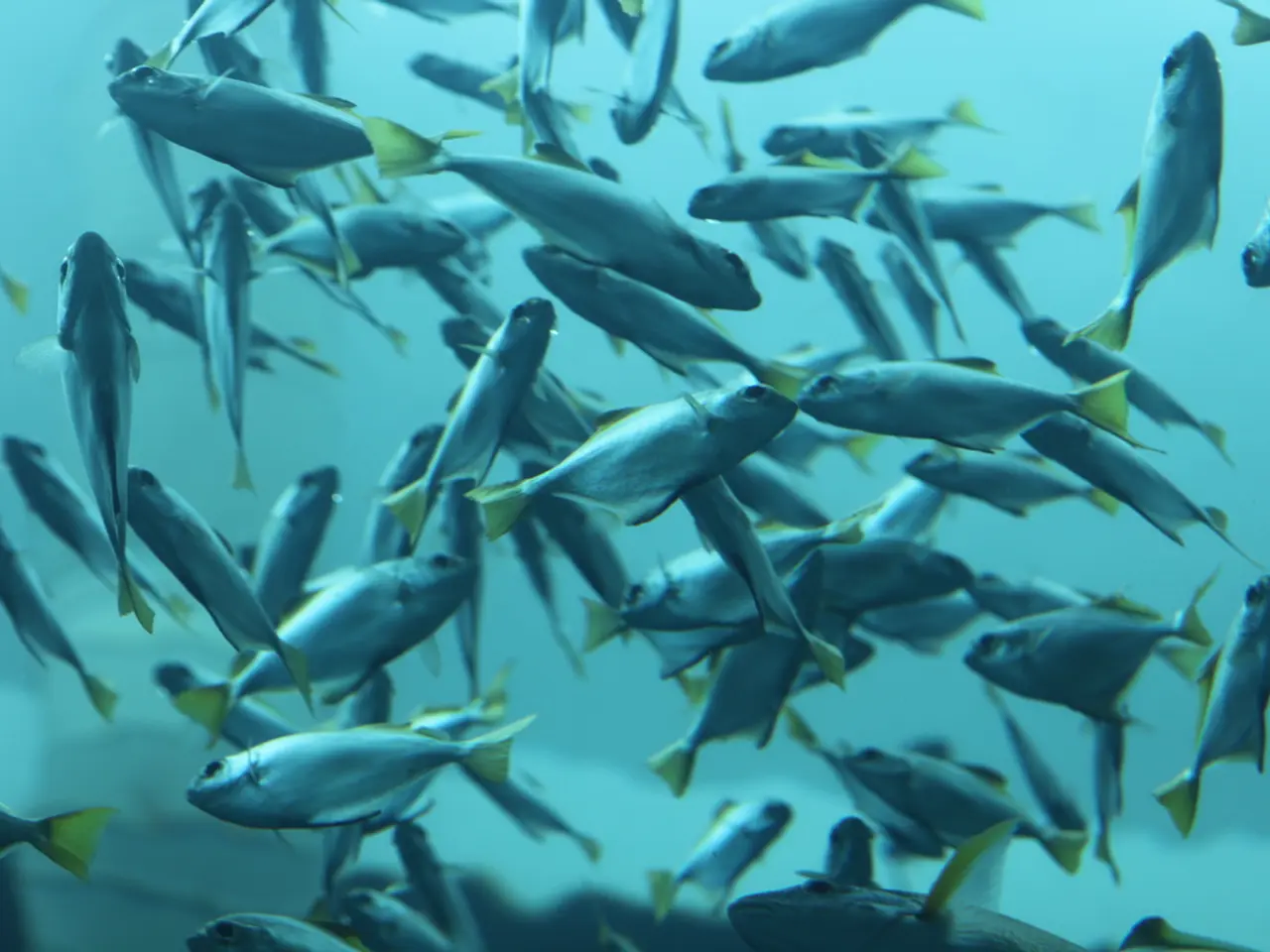Contestation Regarding the Health of Tuna in the Indian Ocean
The Indian Ocean Tuna Commission (IOTC) has found itself at the centre of a debate following a controversial change in the methodology used to assess the status of yellowfin tuna stocks. In 2024, the commission reclassified the yellowfin tuna stocks from overfished (red) to healthy (green), a decision that has raised concerns among scientists and conservationists.
Key aspects of the controversy include:
- Methodology changes: The scientific committee led by Toshihide Kitakado and Gorka Merino employed different assessment methods in 2024 compared to previous years, resulting in a more optimistic stock status. Many external experts consider these changes flawed and question the reliability of the new assessment, fearing it may underestimate actual fishing impacts and population decline.
- Industry influence: The timing and outcomes have led to allegations that fishing fleets and industry actors may have exerted pressure to enable increased catch limits, potentially prioritizing economic gain over scientific accuracy and long-term sustainability. Since the reassessment, international fleets are permitted to catch more yellowfin tuna, which has significant commercial implications given its multi-billion-dollar global market.
- Broader implications: If the reassessment is incorrect, it could jeopardize the future of Indian Ocean yellowfin tuna stocks, adversely impacting marine ecosystems and the livelihoods of millions dependent on tuna fisheries in the region. The IOTC's governance challenges and struggles to enforce quotas effectively have been noted, similar to other Regional Fishery Management Organizations (RFMOs), exacerbating concerns about transparency and compliance.
It is worth noting that one in five delegates at annual IOTC meetings between 2002 and 2022 represented the European Union. The 68-boat European Union fleet, mostly from Spain and France, is the largest group in the Indian Ocean, according to the IOTC's latest list of active vessels. Some claim it is an example of the European Union's fishing lobby exerting its influence to allow its fleets to catch more yellowfin tuna.
The International Union for Conservation of Nature (IUCN) rates yellowfin tuna globally as not particularly threatened, but scientists who assessed the Indian Ocean population concluded it was "vulnerable." The yellowfin biomass declined globally by 54% between the 1950s and 2020, with the greatest decline (70%) occurring in the Indian Ocean.
Civil society organizations have raised concerns about the growing influence of the industry on the IOTC. The number of lobbyists in the European Union delegation to IOTC meetings has more than doubled in recent years. Some scientists have criticized the use of data from the Arabian Sea, which they say is patchy and unreliable, and the use of cluster analysis, an approach for identifying fishing methods based on the particular mixture of species present in a catch.
The IOTC sets catch limits for individual countries, but the commission did not provide any examples of action being taken against those who exceed these limits. The data analysis for the 2024 yellowfin tuna stock assessment was submitted just a day before the scientists' data preparation meeting, leading some to question its thoroughness. An anonymous source claimed the analysis was "not well thought out."
The yellowfin tuna accounts for a significant amount of the region's tuna catch, and most is caught by industrial ships using purse seine and baited hook longline methods. Between 2018 and 2022, an average of 429,421 tonnes of yellowfin tuna were caught each year, far exceeding the maximum sustainable yield (MSY) of 349,000 tonnes.
The term "overfished" means the total biomass of a fish is below a determined limit, and "overfishing" indicates the current level of fishing may result in a species becoming overfished, if it is not already. MSY is a common metric in fisheries, used to estimate the largest amount of fish that can be sustainably caught over time. The committee's decision to reclassify yellowfin tuna stocks was the first step in potentially allowing international fleets to catch more yellowfin tuna, raising concerns about the long-term sustainability of this valuable species in the Indian Ocean.
[1] WWF (2023). Yellowfin Tuna Assessment by Indian Ocean Tuna Commission Raises Concerns. Retrieved from https://wwf.panda.org/news/yellowfin_tuna_assessment_by_indian_ocean_tuna_commission_raises_concerns [2] Greenpeace (2023). Yellowfin Tuna Assessment by Indian Ocean Tuna Commission: A Step Backwards for Sustainable Fisheries. Retrieved from https://www.greenpeace.org/east-asia/en/campaigns/oceans/tuna/yellowfin-tuna-assessment-by-indian-ocean-tuna-commission-a-step-backwards-for-sustainable-fisheries/ [3] FAO (2023). Challenges in Tuna Fisheries Governance in the Indian Ocean. Retrieved from https://www.fao.org/3/cb4689en/cb4689en.pdf
- The controversy over yellowfin tuna stocks in the Indian Ocean has sparked debate among scientists, conservationists, and civil society organizations, with concerns about methodology changes, industry influence, and the potential prioritization of economic gain over long-term sustainability.
- The International Union for Conservation of Nature (IUCN) has rated yellowfin tuna globally as not particularly threatened, but scientists who assessed the Indian Ocean population concluded it was "vulnerable."
- If the reassessment of yellowfin tuna stocks is incorrect, it could jeopardize the future of the species and adversely impact marine ecosystems and the livelihoods of millions dependent on tuna fisheries in the region.
- The IOTC's decision to reclassify yellowfin tuna stocks from overfished to healthy has been criticized for its methodology and potential industry influence, leading to concerns about the long-term sustainability of this valuable species in the Indian Ocean.
- The yellowfin tuna stock assessment data was submitted just a day before the scientists' data preparation meeting, leading some to question its thoroughness, and the use of data from the Arabian Sea and cluster analysis has also been criticized for being patchy and unreliable.
- With the yellowfin tuna accounting for a significant amount of the region's tuna catch, the global market for this species is multi-billion dollars, making it a valuable commodity for the fishing industry.
- Amidst the controversy, environmental news outlets, such as WWF and Greenpeace, have raised concerns about the growing influence of the industry on the IOTC and called for sustainable fisheries practices.
- The challenges in tuna fisheries governance in the Indian Ocean, including the enforcement of quotas and combating industry influence, have been recognized by the Food and Agriculture Organization (FAO) in a recent report.




